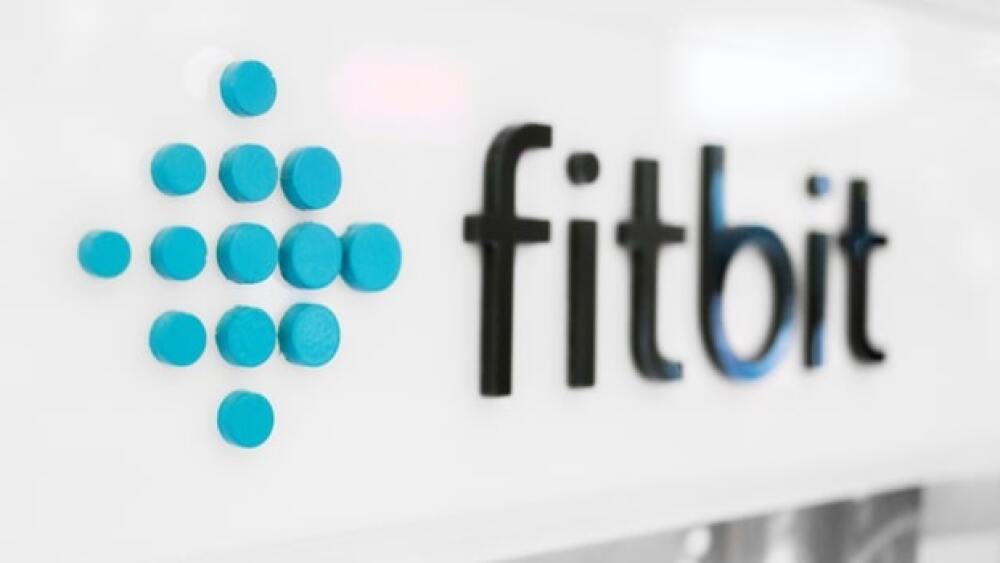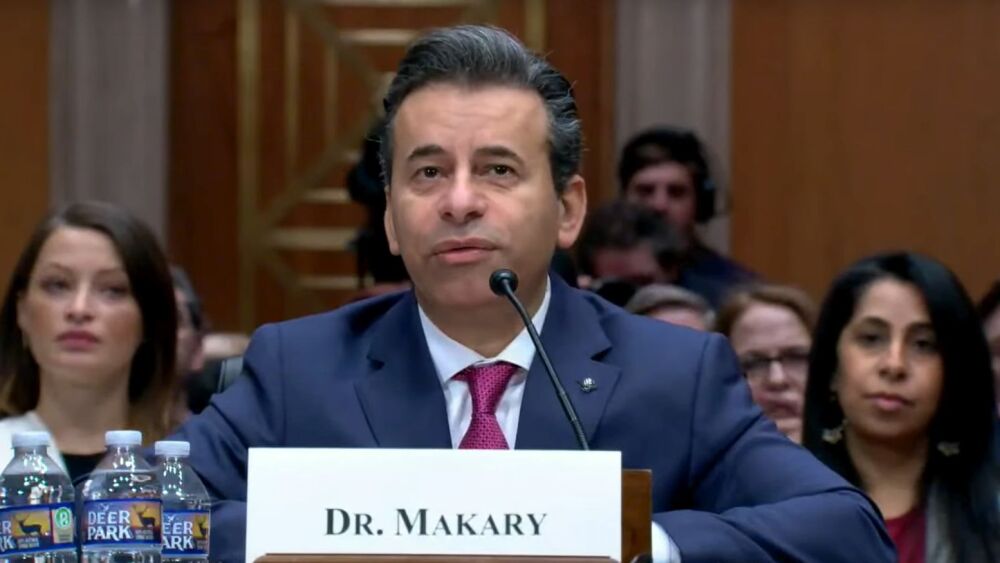The study concludes that they can detect almost 50% of COVID-19 cases a day before enrollees in the study reported the onset of symptoms, and they do so with 70% specificity.
Faiz Zaki/Shutterstock
In May, Fitbit, a company that manufactures and markets health-tracking watches, announced it had launched a study with a goal of creating an algorithm that could detect COVID-19 before symptoms appeared. In about a two-month period, 100,000 Fitbit wearers in the U.S. and Canada enrolled and more than 1,000 positive COVID-19 cases were reported. The study is still ongoing and still accepting people to enroll either at this link or in the Assessments & Discover tab in the Fitbit app.
The company released early findings from the study and has uploaded the data to the Medrxiv preprint server. The study concludes that they can detect almost 50% of COVID-19 cases a day before enrollees in the study reported the onset of symptoms, and they do so with 70% specificity.
Conor Heneghan, Director of Research, Algorithms at Fitbit and senior author of the study, wrote in a blog post, “This is important because people can transmit the virus before they realize they have symptoms or when they have no symptoms at all. If we can let people know they should get tested a day before symptoms begin, they can isolate and seek care sooner, helping to reduce the spread of COVID-19.”
The study, he adds, reinforced the idea that breathing rate, resting heart rate and heart rate variability (HRV) were useful metrics for indicating onset of disease. They are, however, best tracked at night when people are sleeping or otherwise at rest. HRV, the beat-to-beat variation of the heart, typically decreased in people showing symptoms of illness, and resting heart rate and breathing rate often increased. In some cases, he noted, “those metrics begin to signal changes nearly a week before participants reported symptoms.”
On average, HRV hit the lowest point the day after symptoms were reported. Increases in resting heart rate normalized on average at least five to seven days after the beginning of symptoms. Breathing rate hit its peak on the second day of symptoms, but there was a slight increase, on average, up to three weeks after the beginning of symptoms.
The most common symptoms noted by study participants with COVID-19 were fatigue (72%), headache (65%), body ache (63%), decrease in taste and smell (60%) and cough (59%). Fever was only reported 55% of the time, suggesting that temperature screening by itself is unlikely to be sufficient to identify infection.
The symptoms most likely to lead to hospitalizations were shortness of breath and vomiting. The symptoms least likely to predict hospitalization were sore throat and stomach issues.
The study found that the duration of COVID-19 varied depending on the severity of the case. Patients who had a mild case and who recovered at home had an average duration of eight days. Patients with moderate cases, who recovered at home but needed care from others, were sick about 15 days. And for the severe cases that required hospitalization, average duration of illness was 24 days. However, the study found some cases lasted longer than two months.
Fitbit owners have to opt in if they’re interested in participating and sharing their data. They can withdraw from the study at any time.
The Scripps Research Institute and Stanford Medicine are also conducting COVID-19 studies with wearables: The Scripps DETECT study and the Stanford Healthcare Innovation Lab COVID-19 Project wearables study.
Henegan noted, “It’s clear that our bodies start to signal impacts from the disease before more noticeable symptoms appear. With these initials signals identified, we’ll continue our work in developing an algorithm to detect diseases like COVID-19 and focus on expanded research in a real-world environment.”





